When discussing musical instruments, a topic that often goes unnoticed is the potential hazards they might pose. And while it may seem quite benign at first glance, the piano is no exception. Particularly, the piano strings, under immense tension, can pose certain risks that are often overlooked. This document seeks to illuminate an intriguing subject – the potential hazards linked to piano strings.
What Are Piano Strings Made Out Of?
Piano strings, commonly known as piano wire, are typically crafted from high-quality steel for its exceptional strength and durability. The high tensile properties of steel make it an ideal choice for withstanding the immense tension the strings are placed under. For some of the lower notes, the strings may be wound with other metals such as copper to increase the mass without compromising the length or tension. The composition and construction of these strings are significant factors that influence the piano’s sound quality and durability.
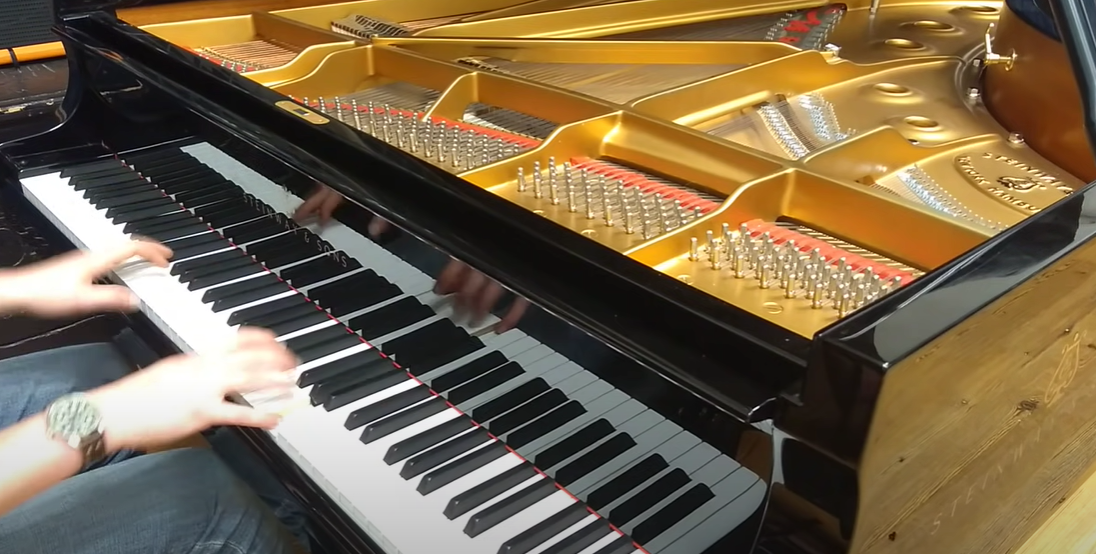
Is It Possible To Injure Yourself On A Piano String?
Certainly! Injuring oneself on a piano string is indeed possible, especially while tuning or replacing them. It is crucial to exercise caution during these tasks to avoid any potential harm. When a piano string breaks, it can whip out with immense force, owing to the tremendous tension it endures – reaching up to 200 pounds or even more for larger pianos. This could lead to serious injuries, especially to the eyes and hands. It’s worth noting that injuries are uncommon and usually occur when safety precautions are not heeded during maintenance tasks. Therefore, it is recommended that such tasks be left to trained piano technicians who are equipped with the knowledge and tools to safely handle the instrument. [1]
Why Are Piano Strings Not Dangerous?
While it’s true that piano strings can pose certain risks under specific circumstances, such as during tuning or maintenance, they are generally not dangerous for everyday players. In a well-maintained piano, the strings are encased within the piano’s body, which provides a layer of protection for the user. Moreover, the design and construction of pianos incorporate safety measures to ensure the tension of the strings is well-managed and controlled. When used properly, the risk of injury from piano strings is exceedingly low. It’s when the piano is being altered or tampered with, without the necessary knowledge or tools, that risks can arise. Therefore, the potential hazards linked to piano strings primarily stem from mishandling rather than being an inherent risk of the instrument itself.
Can You Cut Piano Strings?
While it is technically possible to cut piano strings, it is highly advised against unless performed by a professional piano technician. When it comes to cutting a piano string, it is crucial to use the right tool and exercise extreme caution. This is because the string is under significant tension, requiring careful handling. When a piano string is cut or accidentally snapped, the rapid release of tension can cause the string to whip out, potentially leading to injury or damage to the piano. Cutting a piano string also impacts the sound quality and tuning of the piano as each string is precisely calibrated. Therefore, if a string needs to be replaced, it is recommended to seek the assistance of a trained professional to ensure safety and maintain the integrity of the instrument. [2]
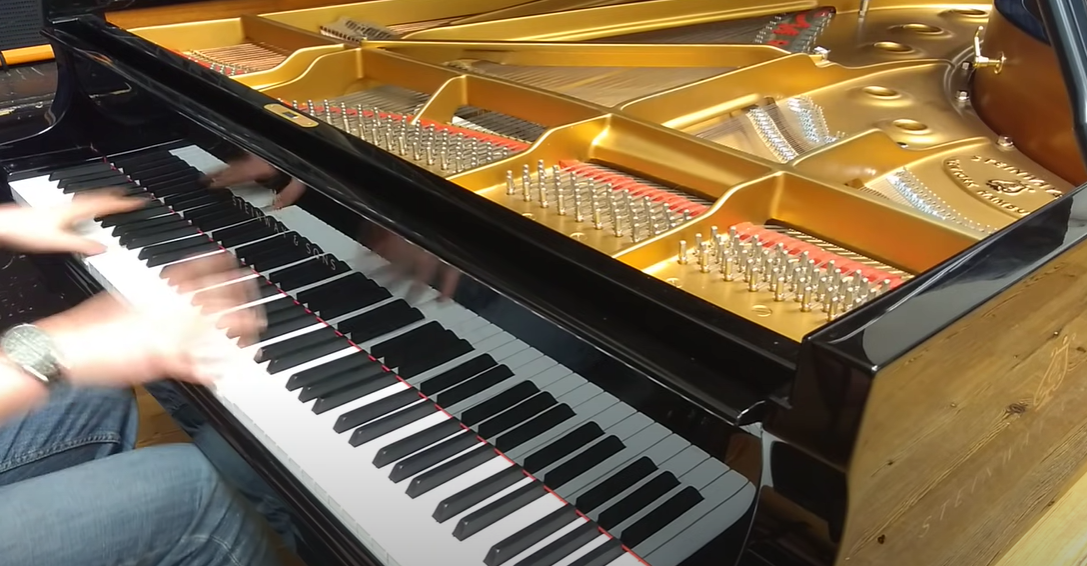
Do Piano Strings Ever Snap Or Break?
While it is uncommon, piano strings do have the potential to snap or break. This typically happens over time due to natural wear and tear, or when a piano has not been properly maintained. Strings may also break during the tuning process if they are over-tightened. When a piano string breaks, it releases the tension it was under, which can cause the string to whip out suddenly. This is why it’s essential to exercise caution when tuning or maintaining a piano. Moreover, a snapped string will affect the sound and tuning of the piano, requiring the broken string to be professionally replaced and tuned. However, it’s crucial to mention that under normal playing conditions, the risk of breaking a string is quite small.
How Can I Stay Safe When Dealing With Piano Strings?
Ensuring safety is of utmost importance when working with piano strings, given the significant tension they endure. Here are tips for safely handling piano strings:
Protective Masks
When working with piano strings, especially during tuning or maintenance tasks, it is strongly recommended to wear a protective mask. This primarily serves as a safeguard for your eyes, which are particularly susceptible to injury in the unlikely event a string snaps and whips out. The mask should cover your entire face to provide comprehensive protection. Opt for a mask made from durable materials like polycarbonate, which can resist high impacts. Remember, even though the likelihood of a string snapping is low, taking this precaution can ensure your safety during piano maintenance tasks. [3]
Gloves
Using gloves when handling piano strings can offer an additional level of safety and protection. Cut-resistant gloves can protect your hands from injury while tuning or replacing strings. These gloves are commonly crafted from robust materials such as Kevlar, designed to endure the impact of a snapping string. They also offer the added benefit of protecting your hands from the sharp edges of the piano wire, which can cause cuts or scrapes. Remember that gloves should not limit your dexterity, so choose a pair that fits well and allows precise movements.
Goggles
In addition to a protective mask, wearing safety goggles can offer additional protection for your eyes when dealing with piano strings. Goggles can protect your eyes from any small, flying particles that may be released during the tuning or maintenance process. They can also shield your eyes from potential splinters or fragments of the piano wire, should a string snap unexpectedly. When choosing safety goggles, opt for ones that have anti-fog properties and a comfortable fit to ensure clear vision and ease of use during your maintenance tasks. Remember, the goal is to maintain safety without sacrificing comfort or functionality. [4]
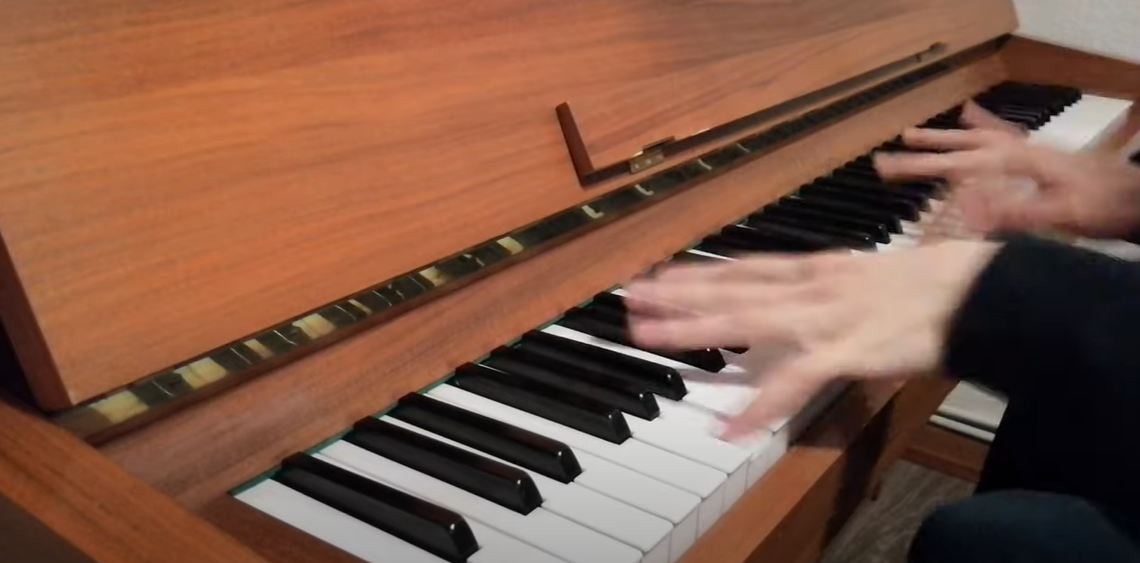
FAQ
What happens if a piano string snaps?
If a piano string snaps, it rapidly releases the high tension it’s under, potentially causing the string to whip out. This can lead to injuries, particularly to the eyes and hands, if safety precautions aren’t in place. Additionally, a snapped string will impact the overall sound and tuning of the piano. The broken string will need to be replaced and professionally tuned to restore the piano’s sound. It’s important to note that this is a rare occurrence, typically caused by natural wear and tear or improper tuning. Under normal playing conditions, the risk of a string snapping is relatively low.
Are piano strings sharp?
Yes, piano strings can be sharp. This is especially the case at the ends of the strings where they are cut or if a string breaks, leaving a jagged edge. This sharpness is another reason why caution is required when handling piano strings during maintenance or tuning tasks. It’s also why wearing cut-resistant gloves is recommended. However, during regular playing, the risk of encountering a sharp string is negligible as the strings are well-encased within the piano.
Why are piano strings so strong?
Piano strings need to be incredibly strong due to the high tension they’re placed under when tuned to the correct pitch. These items are crafted using high-carbon steel wire, commonly referred to as piano wire, renowned for its exceptional strength and durability. This material is capable of withstanding the significant strain placed on it when struck by the piano hammers during play, without breaking or losing tension. Moreover, the strength of the strings is crucial to achieve the wide range of sounds in a piano. It allows the strings to vibrate at different frequencies, thereby creating different notes. Therefore, the strength of piano strings is not just a safety requirement but an essential component of the piano’s musical functionality.
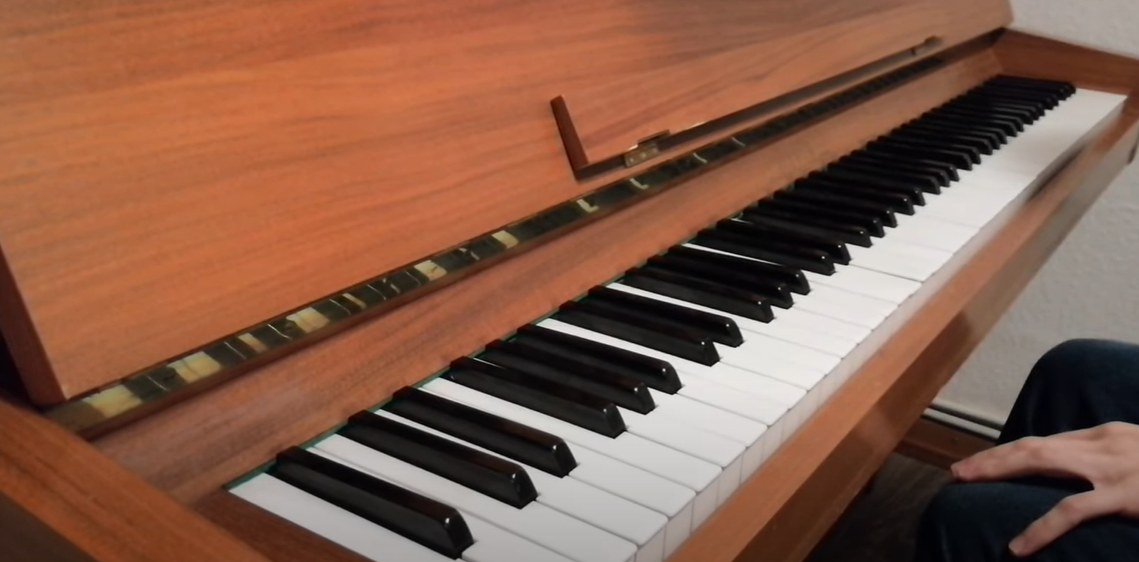
How much force do piano strings have?
Piano strings are under a significant amount of force or tension. The exact amount can vary based on the model of the piano, the specific string, and its tuning. To provide a broad understanding, it is worth noting that each string on a grand piano can experience a tension ranging from approximately 160 to 200 pounds. Considering a piano may have over 200 strings, the collective force exerted by all the strings can easily exceed 30,000 pounds. This immense tension is why piano strings are capable of producing such a wide array of sounds, from deep, resonant bass notes to high, clear treble notes. Being aware of this force also underscores the importance of safety measures when dealing with piano strings, as a sudden release of this tension, although rare, can be potentially dangerous. Overall, proper care and caution when handling piano strings can ensure the safety of both the player and the instrument. Remember to always wear protective gear and handle piano strings with care to avoid any potential accidents or injuries. By following these precautions, you can continue to enjoy playing beautiful music on your piano without worry. So, are piano strings dangerous? With the right knowledge and precautions, the answer is no. Piano strings may be strong and sharp, but taking proper safety measures can ensure that they remain a valuable part of creating beautiful music on this timeless instrument. Remember to always prioritize safety when dealing with piano strings to maintain the enjoyment and longevity of your piano playing experience.
How tight are piano strings?
Piano strings are exceptionally tight, a necessary characteristic for them to produce the correct pitch. The exact tightness or tension can vary depending on the type of piano and the specific string. For instance, thicker, lower strings have less tension than thinner, higher strings. On average, the tension per string in a grand piano ranges from around 160 to 200 pounds. Considering a standard piano has over 200 strings, the collective tension in a piano can total upwards of 30,000 pounds. This significant tension, while crucial for sound production, also contributes to the potential dangers of a string snapping. Therefore, it’s essential to handle piano strings carefully and employ safety measures during piano tuning or maintenance. Additionally, this level of tension also means that piano strings can easily cause injury if handled improperly. Exercise caution and adhere to proper procedures when handling piano strings to mitigate the risk of accidents. With the right precautions, you can safely enjoy playing beautiful music on your piano for years to come.
Is it easy to break a piano string?
Breaking a piano string is not a common occurrence and it’s not easy to do so under normal circumstances. Piano strings are crafted from high-carbon steel wire, celebrated for its remarkable strength and durability. This ensures their ability to endure immense tension without faltering. Generally, a string might break due to aging, extensive wear and tear, or improper tuning practices. If a piano is regularly tuned by a professional and properly maintained, the risk of breaking a string is minimal. Thus, while it is possible to break a piano string, it is not easy and it does not happen often. By consistently maintaining and providing proper care, you can avoid such mishaps, ensuring a secure and delightful experience while playing the piano. If you’re pondering the potential danger of piano strings, rest assured that they pose no threat as long as they are handled with care and caution. Remember to prioritize safety when handling piano strings to ensure both the longevity of your instrument and your own well-being. With proper precautions, there’s no need to fear the powerful and beautiful sound produced by these strong and essential components of a piano.
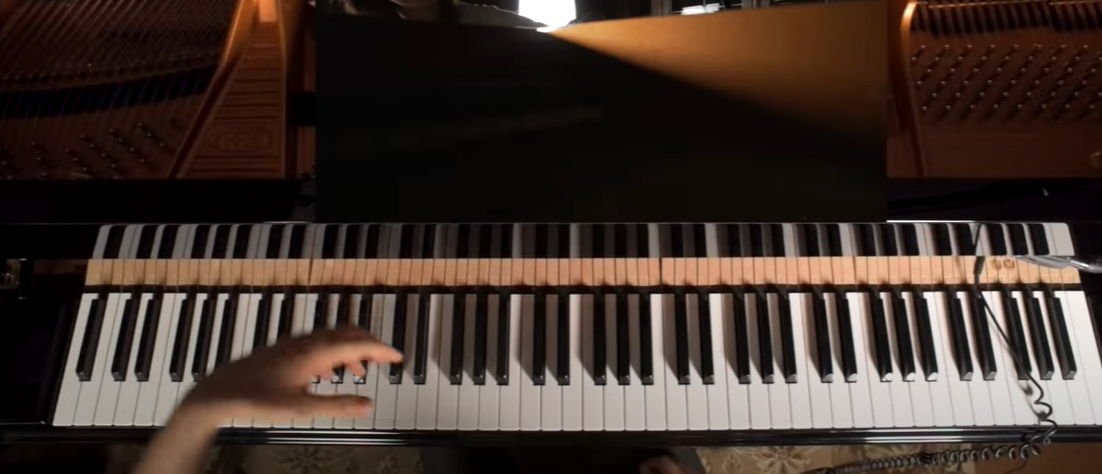
How many years do piano strings last?
The longevity of piano strings can significantly differ based on various factors, including the string quality, overall piano maintenance, environmental conditions, and frequency of play. Typically, with regular use and proper maintenance, piano strings can endure for a span of 10 to 50 years. It is worth mentioning that piano strings generally do not require replacement solely based on their age. Rather, they are most often replaced when they no longer hold their pitch reliably, which can be a result of damage or wear over time. Regular maintenance, including professional tuning and cleaning, can extend the lifespan of your piano strings. Therefore, to ensure the longevity of your piano strings and the quality of your music, it is crucial to take appropriate care and maintenance steps. By doing so, you can enjoy playing your piano for decades to come without the need to worry about string replacements.
How long are piano strings good for?
Piano strings, under normal circumstances and with regular maintenance, can remain in good condition for many years. The lifespan of a piano greatly hinges on several factors, including the frequency of play, the environmental conditions of its location, and the level of care provided. On average, piano strings are typically good for about 10 to 50 years. However, this doesn’t mean they’ll always perform at their optimum during this period. Over time and frequent use, strings can lose their tonal quality and may need replacement even before they physically break. Therefore, regular inspections, consistent tuning, and proper maintenance are crucial to optimize the lifespan and maintain the sound quality of your piano strings. With these measures in place, you can ensure that your piano strings remain in top form for a considerable duration, allowing you to continue creating beautiful music.
Can you replace just one piano string?
Yes, you can replace just one piano string if it’s broken or lost its tonal quality. It’s quite common to replace individual piano strings as needed, rather than replacing all of them at once. However, it’s important to remember that the replacement process should ideally be handled by a professional piano technician. This is because the process requires technical knowledge and careful handling due to the high tension of the strings. A professional can ensure the replacement string is of the correct type and properly installed, thus maintaining the overall sound quality of your piano. Remember, safety should always come first when dealing with piano strings. By entrusting this task to a professional, you can ensure both the safety and longevity of your instrument, allowing you to enjoy making beautiful music for many years to come. So, while piano strings may seem delicate and potentially dangerous, with proper care and maintenance they can be enjoyed safely for a long time. Whether you’re a professional musician or just enjoy playing for fun, understanding the lifespan and potential risks of piano strings is crucial in maintaining both the instrument and your own well-being. Keep these facts in mind as you continue to play your beloved piano, and enjoy the beautiful music it produces.
Useful Video: Breaking a Piano String
Conclusion
In conclusion, piano strings, while essential to the instrument’s function and the production of beautiful music, are not inherently dangerous if handled with care and caution. The high tension they harbor can pose potential risks, but these can be mitigated with the right safety measures, regular maintenance, and professional tuning. The lifespan of piano strings is quite impressive, lasting anywhere between 10 to 50 years under normal circumstances, provided they receive the necessary care and maintenance. Replacement of individual strings is both possible and common, but should ideally be performed by a professional to ensure safety and the overall sound quality of your piano. As such, the enjoyment of playing a piano should not be marred by unnecessary fear of its strings.
References:
- https://www.morningsidemusicacademy.com/features/are-piano-strings-dangerous
- https://musicalscoop.com/are-piano-strings-dangerous/#google_vignette
- https://soundsfunny.org/are-piano-strings-dangerous/#google_vignette
- https://evianchrist.com/how-sharp-is-piano-wire/




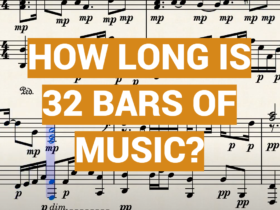
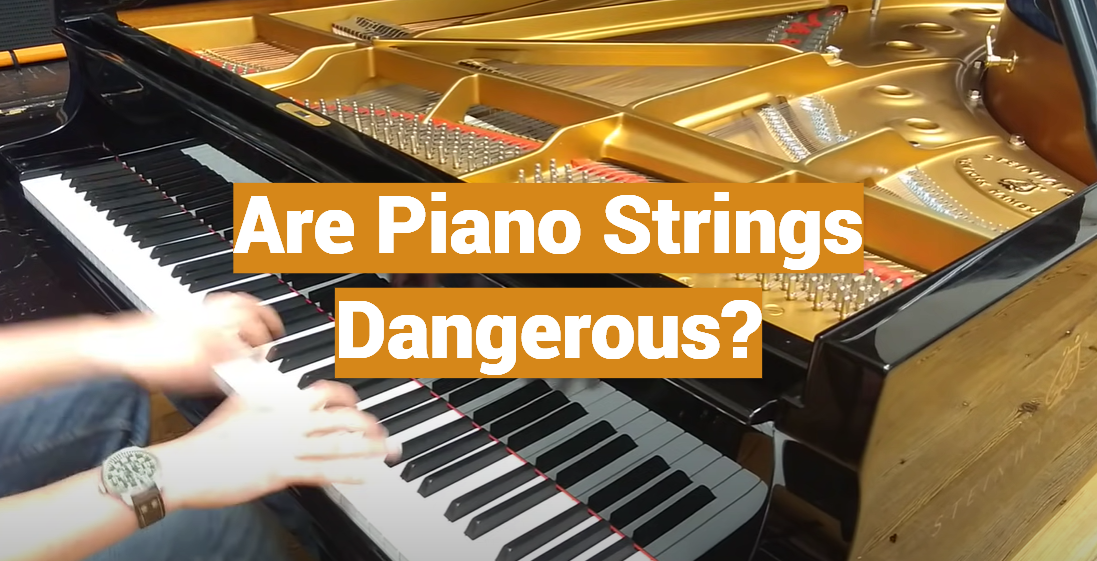
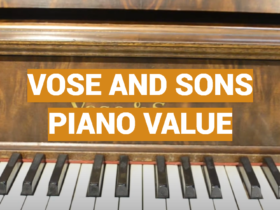
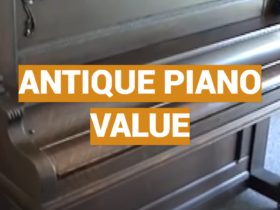

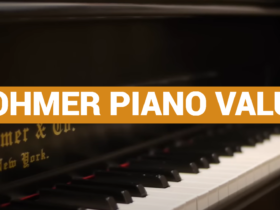
Leave a Reply